Save Big with Routine Maintenance
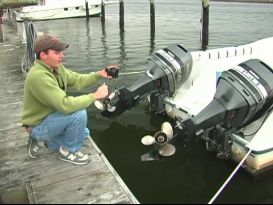 Yesterday’s post about fuel flow meters got me thinking about other simple ways for boaters to save money in this uncertain economic client. If you can’t afford upgrade your boat’s meter and instrument panel at this time, there’s no need to despair. With a bit of discipline and ingenuity, you can help ensure that your marine vessel will never let you down in a pinch.
Yesterday’s post about fuel flow meters got me thinking about other simple ways for boaters to save money in this uncertain economic client. If you can’t afford upgrade your boat’s meter and instrument panel at this time, there’s no need to despair. With a bit of discipline and ingenuity, you can help ensure that your marine vessel will never let you down in a pinch.
All boat manufacturers provide a recommended schedule of maintenance. This schedule is intended to give boaters all the information they need to keep the craft running at peak performance. Not surprisingly, the better you do at keeping up with routine maintenance, the less money you’ll have to pay for repairs down the line. Maintaining the engine should be made a top priority; if you neglect a marine motor you’ll end up spending more for outboard oil.
As is the case with automotive engines, a marine engine becomes practically useless if it’s allowed to overheat. Since outboards pull in water from the lake or river through an impeller pump, you’ll need to check this system and replace its components at regular intervals. Don’t skimp on crank case lubricants either as they keep the internal parts of the system running smoothly.


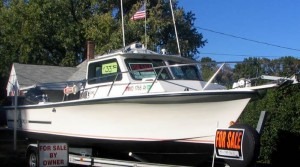
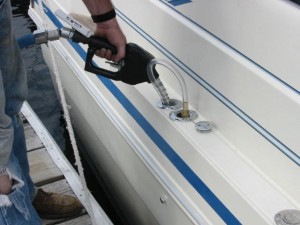
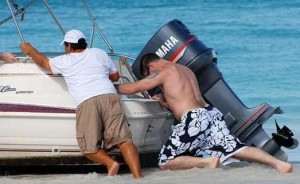
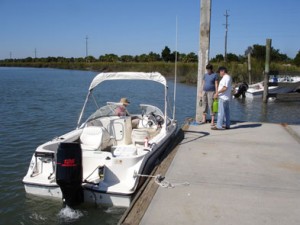
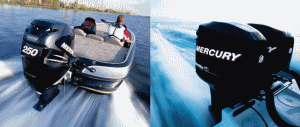
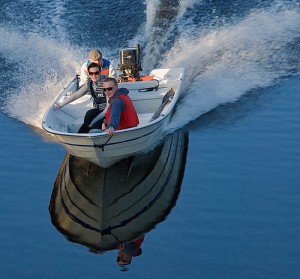
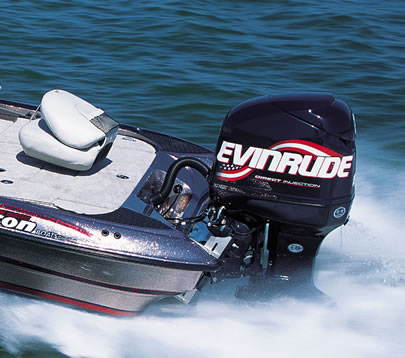
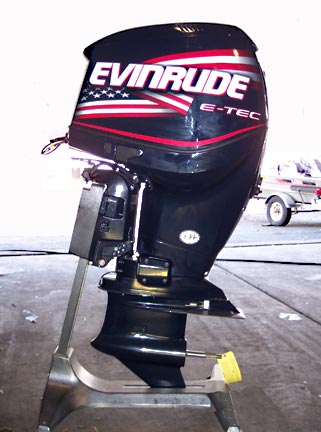 Just a decade ago, the face of the small boating industry was dramatically different. Environmentally conscious boaters were disenchanted with the two-stroke engines of the era – inefficiency and a propensity to pollute had placed them firmly behind their four-stroke counterparts. If that weren’t already enough to signal the two-stroke’s demise, the Environmental Protection Agency set rigorous pollution standards for snowmobiles, personal water craft and other recreational vehicles that utilized two-stroke motors.
Just a decade ago, the face of the small boating industry was dramatically different. Environmentally conscious boaters were disenchanted with the two-stroke engines of the era – inefficiency and a propensity to pollute had placed them firmly behind their four-stroke counterparts. If that weren’t already enough to signal the two-stroke’s demise, the Environmental Protection Agency set rigorous pollution standards for snowmobiles, personal water craft and other recreational vehicles that utilized two-stroke motors.
